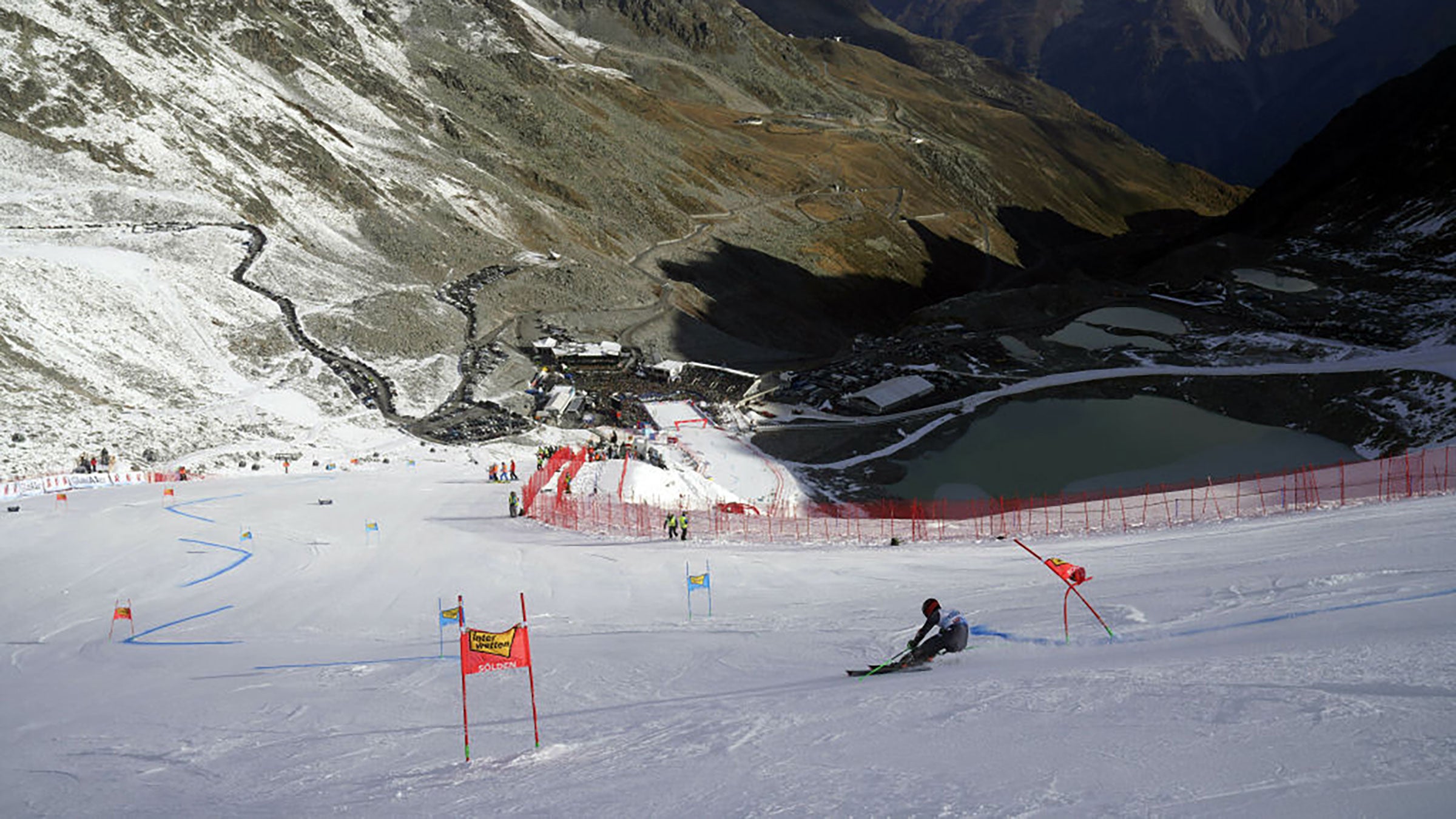If the FIS Alpine World Cup were a baseball player, it would be batting 0.125.
On Monday, FIS announced the cancellation of the Lech/Zürs World Cup parallel event scheduled for Nov. 12-13. It’s the latest casualty of the 2023 World Cup season that’s not off to a great start due to high temperatures and a lack of snow in the Alps.
Due to the fact that the cold weather during the last days were unfortunately to late and the still unfavorable forecast, Lech-Zürs woman’s and men’s parallel events are cancelled.
— FIS Alpine (@fisalpine)
Of eight races on the schedule to date, all but one—the men’s giant slalom in Sölden, Austria on Oct. 23—has been canceled due to warm conditions and a lack of snow. Rain, snow, and poor visibility led to FIS , and warm temps in Europe nixed both the men’s and women’s downhills in Zermatt-Cervinia, Switzerland.
That event, held at 12,000 feet at the base of the iconic Matterhorn, was supposed to be the new flagship race of the World Cup season.
Related:
The cancelations have left some questioning if FIS should push the start of the alpine World Cup to later in the season. After the cancelation of the Zermatt race, FIS race director Markus Waldner said the organization would discuss the future of holding World Cup events in October and November.
“We absolutely need to review the dates because we need to have more guarantee,” Waldner said. “We have to observe the nature. We have this climate change, we had a very extremely warm summer, extremely warm autumn, also. These are signals and we need to respect this.”
Indeed, record high temperatures over the summer melted glaciers across the Alps, with Switzerland losing approximately 6 percent of its total glacier volume.
The next scheduled World Cups are two women’s slalom races in Levi, Finland, a village so far north that the . The U.S. women’s team has been training in Levi for the past two weeks, and the race—at least right now—is a go.
Next on the schedule for the men is a downhill and two super-Gs in , Alberta, where it started dumping snow on Oct. 28. The Canadian resort opened Nov. 4 and already has a close-to-two-foot base near the summit. (It’s enough to make those of us in the balmy East want to jump on a plane.)
As for the , the situation looked grim in early November when temps hit record highs, and the resort announced continued operation of its bike park.
But do not underestimate the mountain. Temps dropped into the 20s on Nov. 8, and mountain ops began blasting Superstar (site of the Killington World Cup slalom and GS) with 120 snowmaking guns, spaced 18 feet apart (compared to the usual 50 feet). The team only needs about 100 hours of cold temps to adequately blanket Superstar.
FIS plans to do snow control for the on November 16.
“We are experts at dealing with what Mother Nature throws our way, and our snow making team has the full force of our arsenal aimed at Superstar,” says Killington president and general manager Mike Solimano in an email. “We are taking advantage of every bit of cold weather to cover the course with the necessary snow, and I’m confident we’ll be able to hold the race as scheduled. The long-term forecast looks promising with sustained cold temperatures starting on Sunday [November 13]. We’ve been in this position before, and Killington’s team always comes through.”


